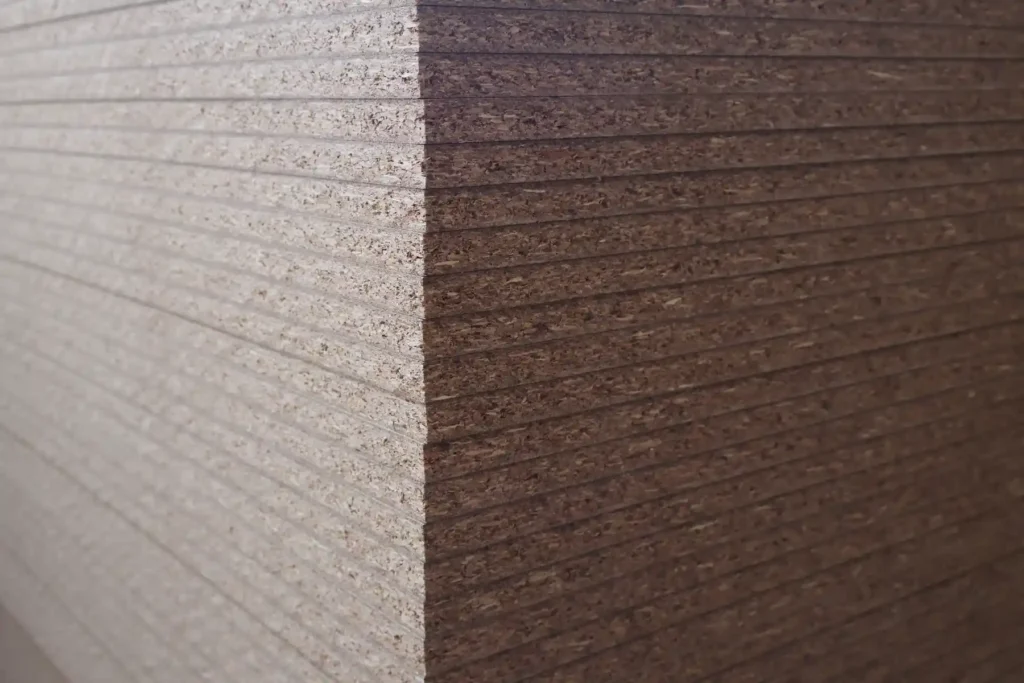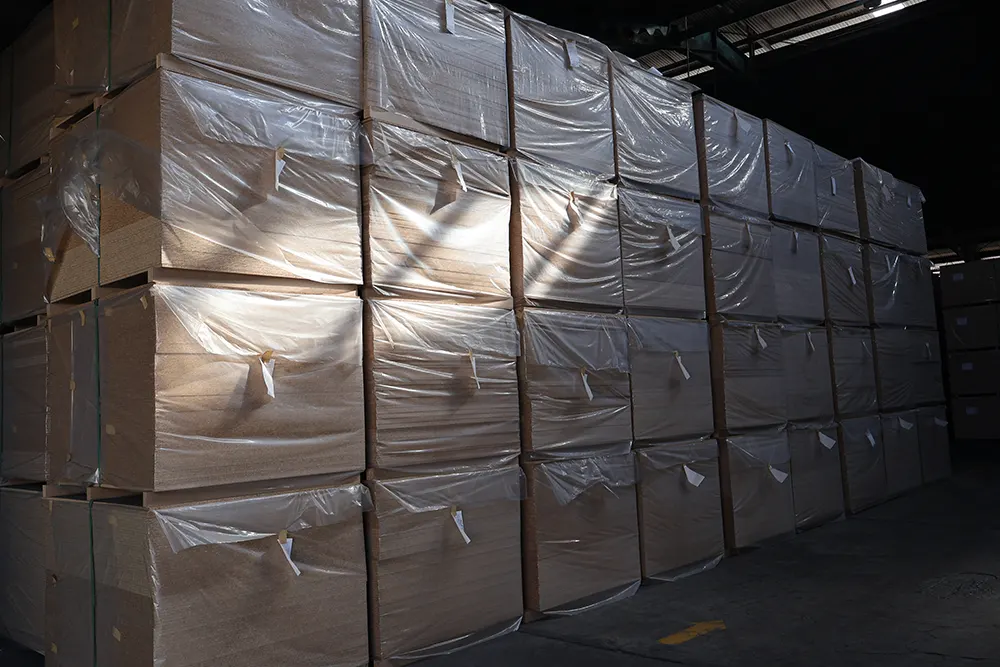Introduction
When it comes to choosing the right material for your furniture or construction projects, durability is a key factor to consider. One material that has gained popularity in recent years is particle board. In this article, we will explore whether particle board is a strong and sturdy option for various applications.

Understanding Particle Board
Particle board, also known as chipboard, is a type of engineered wood product made from wood chips, sawmill shavings, and other wood residues. These materials are combined with a resin or binder and pressed together under high heat and pressure to form a solid panel.
Although particle board is often considered a more affordable alternative to solid wood, its strength and durability can vary depending on several factors.
Strength and Durability of Particle Board
1. Density: The density of particle board plays a significant role in its strength. Higher density particle boards tend to be stronger and more durable. Manufacturers achieve higher density by using smaller wood particles and increasing the resin content during the manufacturing process.
2. Moisture Resistance: Particle board is susceptible to moisture damage, which can weaken its structure. However, moisture-resistant particle boards are available in the market. These boards are treated with water-repellent chemicals or coated with a moisture-resistant layer, making them more durable in humid environments.
3. Edge Strength: One common issue with particle board is its vulnerability to damage along the edges. The edges of particle board are more prone to chipping and splitting compared to the surface. To address this, manufacturers often apply edge banding or use other edge reinforcement techniques to enhance the overall strength and durability of the board.
Applications of Particle Board
Particle board is commonly used in various applications, including:
1. Furniture: Particle board is widely used in the manufacturing of furniture such as cabinets, shelves, and tables. Its affordability and versatility make it a popular choice for both residential and commercial furniture.
2. Construction: Particle board is also used in construction projects, particularly for interior applications such as wall paneling, flooring underlayment, and ceiling tiles. However, it is important to note that particle board is not suitable for outdoor use or areas with high moisture levels.
3. DIY Projects: Due to its affordability and ease of use, particle board is often favored by DIY enthusiasts for various projects such as shelving units, workbenches, and storage solutions.
Maintenance and Care
To ensure the longevity of particle board, proper maintenance and care are essential:
1. Avoid Moisture Exposure: As mentioned earlier, particle board is prone to moisture damage. It is crucial to keep particle board furniture or installations away from areas with high humidity or direct water exposure.
2. Use Protective Coatings: Applying a protective coating or sealant to the surface of particle board can help enhance its durability and moisture resistance.
3. Handle with Care: Particle board can be more susceptible to damage compared to solid wood. It is important to handle particle board furniture or panels with care, avoiding excessive force or impact.
4. Regular Cleaning: Regularly dusting and cleaning particle board surfaces can help prevent the accumulation of dirt and debris, which can potentially lead to scratches or other damages.
Conclusion
Particle board, though not as strong as solid wood, remains durable and cost-effective for many uses. By considering factors such as density, moisture resistance, and edge strength, you can ensure that particle board performs well in your specific project or furniture piece. With proper maintenance and care, particle board can provide years of reliable use.


